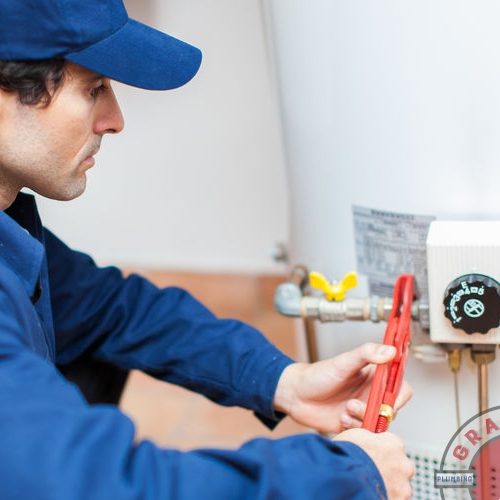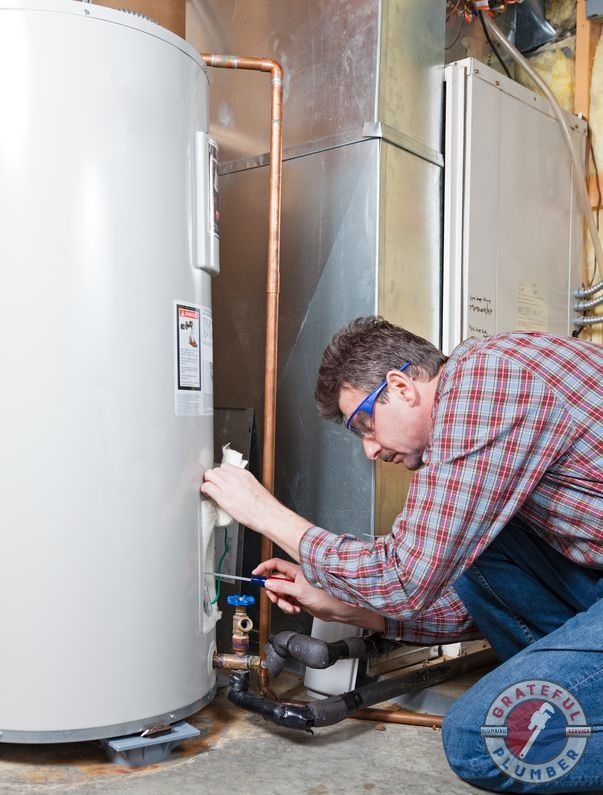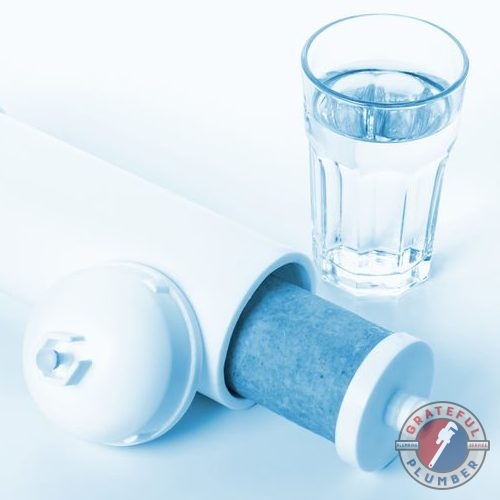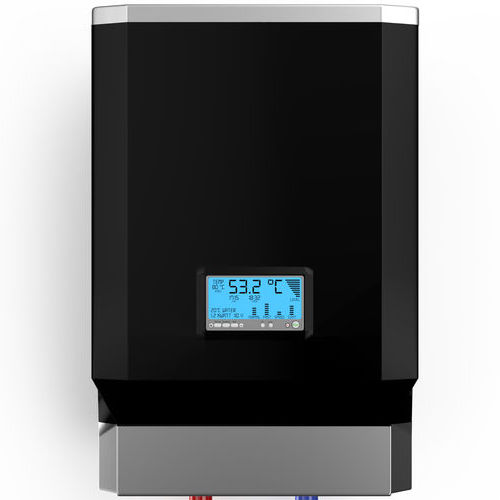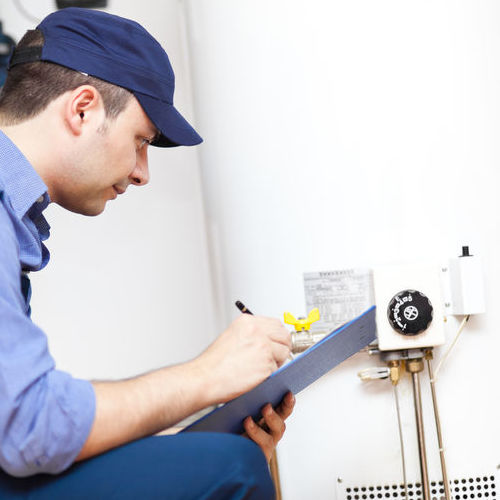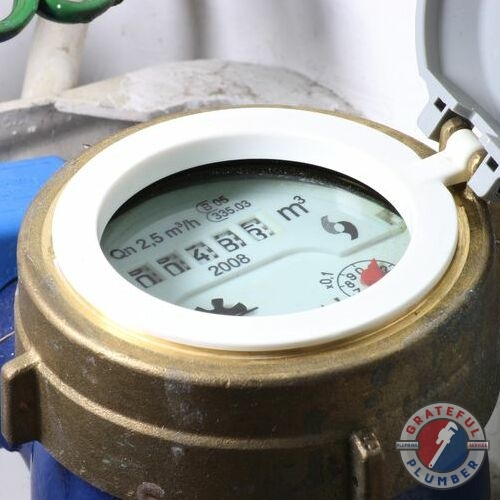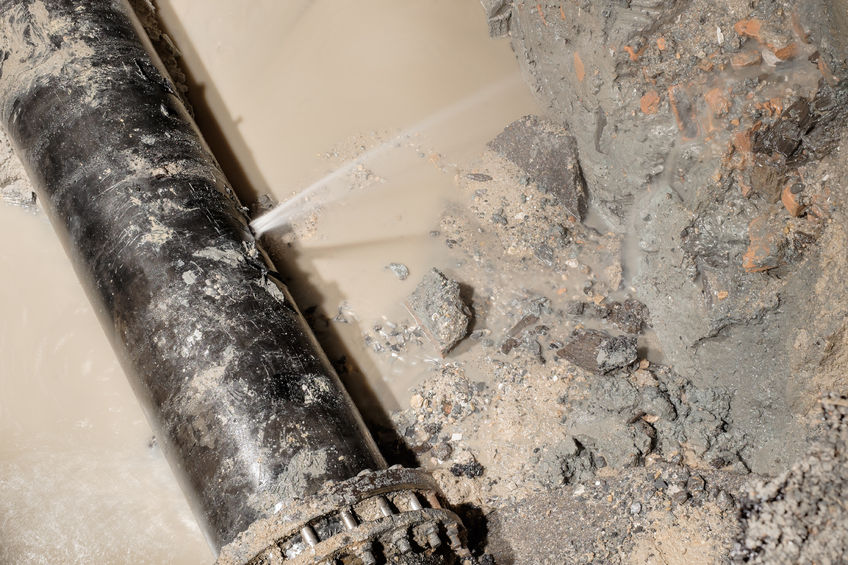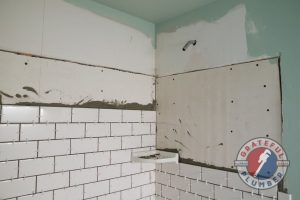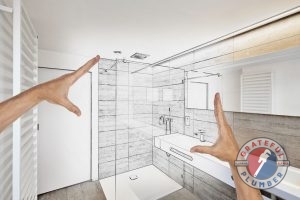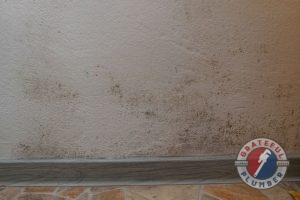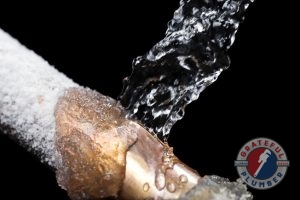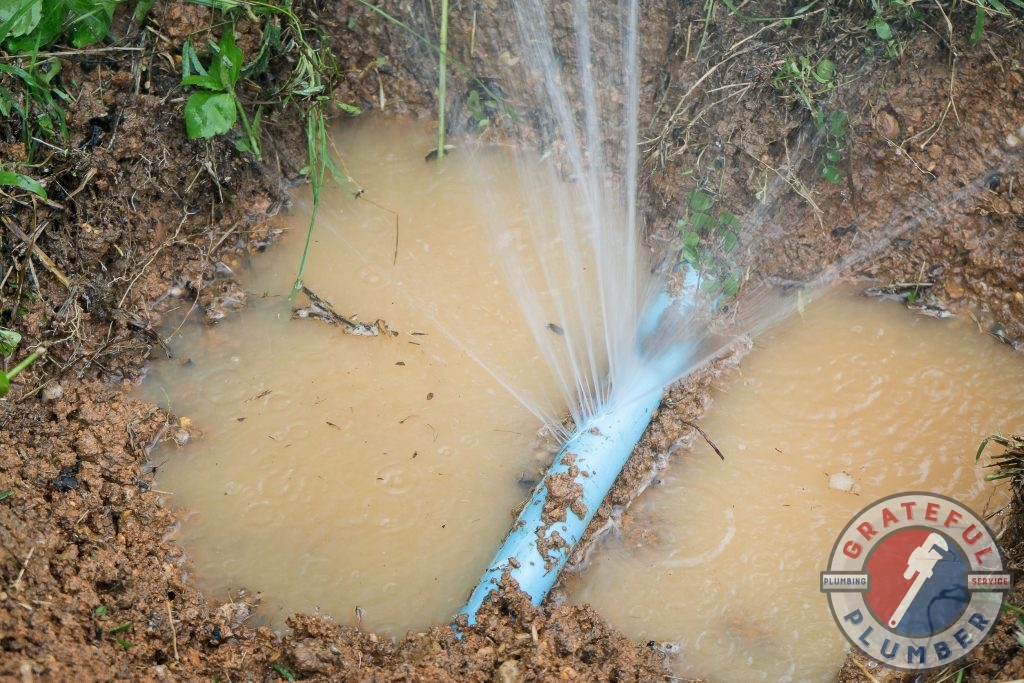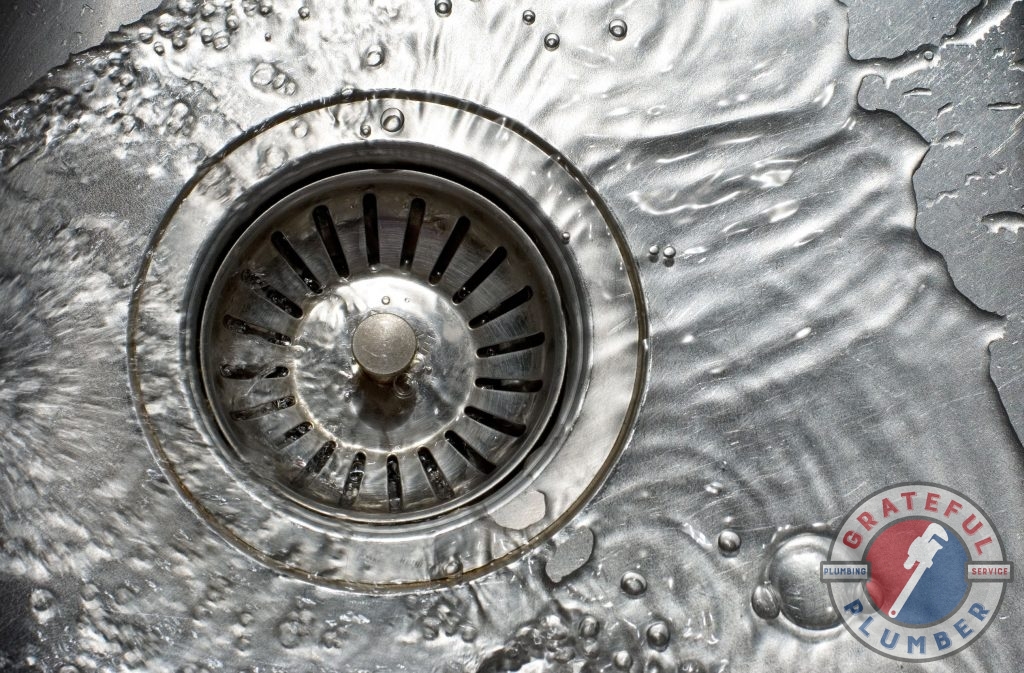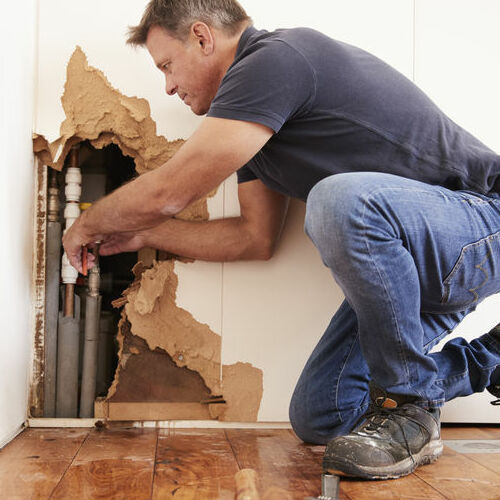
What is pipe repair
Have you noticed signs of water damage on your floors, walls or ceilings like stains or warping? Has your water bill mysteriously gotten higher? These are just a couple of signs of a pipe leak, and signs your pipes need to be repaired. Pipe repair could mean anything from patching a hole to replacing a section of pipe under a sink to digging up pipe in a yard to repair it.
Whether you have a small leak under your sink, or have discovered a leak behind a wall, when you need pipe repair in Indianapolis, IN, count on the trusted professionals at Grateful Plumber for superior service. We offer a full range of plumbing services. Find out how we can help you by calling 317-677-4918.
How do you seal a leaking pipe?
Obviously, when you have a major leak in your main water or sewer line, you’ll want to call in a professional as soon as possible to fix the leak. But if the leak is visible and something you can get to easily, you can make a temporary pipe repair to stop the leak until you can get help from a professional. One item you might have available is plumbers tape or Teflon tape, and you may wonder “Will plumbers tape stop a leak?” The answer is “yes,” but it has to be applied to the thread connection properly or the fittings could leak. It’s best to wind the tape counterclockwise around the threaded fitting to keep the tape from unwinding. The tape needs to be stretched tightly to ensure success.
Sealing a leak with plumbers tape is just one method you can use to make a repair. Outlined below are some other methods to repair the leak.
Method 1
- Always start by shutting off the water.
- Drain the pipes of remaining water by turning on the faucet it’s connected to.
- Follow up by drying the area of the leak with a cloth.
- Use epoxy or plumbers putty and knead it into a ½-inch thick length to wrap around the leak. Taper the edges to form watertight seal and secure the putty with plumbers tape. Let the epoxy set for 5 to10 minutes before turning the water on.
Method 2
- Purchase a pipe clamp that is the same size and length as your leak
- Align the clamp’s rubber gasket over the leak and seal it over the leak.
- Fit the clamp over the gasket and tighten the bolts.
Method 3
- Buy a slip coupling that matches the type and size of pipe.
- Hold the slip covering against the pipe and make marks on the pipe that are the same length as the slip covering.
- Cut away the marked leaking pipe with a pipe cutter or hacksaw.
- Clean the inside of the pipe with a deburring tool.
- Insert the coupling onto the ends of the pipe.
Who is responsible for a broken water pipe?
When a main water line breaks, you have a major problem. In some cases, the utility company is responsible for the pipe repair. If a pipe bursts between the road and the boundary of the road (the communication pipe), the utility company is responsible for the repair. From the property boundary to your home (the supply pipe), you are responsible for any repair. Depending on your utility company, some may provide leak detection services. Many plumbing professionals like those at Grateful Plumber offer a full range of pipe leak detection and repair services.
Pipe repair without excavation
Unfortunately, when main water lines burst most of the time the pipes will be underground or under your home. Traditionally, when a repair was required, plumbers would have to dig up a large portion of your property to first locate the burst pipe and then make the repair. Once the repair was made, the property had to be landscaped again. These repairs were often very expensive.
Now, however, while some cases may require trenching you have repair options that require very little excavation. There are various trenchless plumbing repair methods available now. Plumbers use special cameras that they can send down the pipe through an access point to find the leak. The repairs are then made using one of two methods, either pipe relining or pipe bursting.
With pipe relining, a resin-coated flexible tube is sent down the existing pipe and the resin is allowed to cure. This seals the leak and creates a pipe in a pipe. Only a single access point needs to be dug into the ground. With pipe bursting, a whole new pipe is pulled through the old one, breaking the old one apart. Usually just two access points need to be opened for pipe bursting.
Repair pipe under foundation
When you have a pipe leak under your home’s foundation, also known as a slab leak, you usually have one of two options available for pipe repair. Plumbers will either have to dig through the foundation from above once the leak is detected to make the repair, or they will have to tunnel under the foundation and make the repair. Tunneling is often less expensive because no repairs have to be made to the foundation and flooring afterward.
How much does it cost to repair a broken pipe?
Costs to repair a broken pipe will vary. Much of the cost will depend on the severity of the damage and the location. On average, it costs about $250 to repair a leak. Pipe repair often involves more, however, than just fixing the pipe. The cost of the repair may include leak detection which runs anywhere between $150 to $850. Trenchless repairs like pipe bursting cost anywhere between $100 to $200 per foot.
In some cases, a burst pipe may cause significant water damage to your home. Restoration costs can run anywhere between $1,000 to $2,000 or more. You may consider claiming water damage restoration on your insurance, but before you do, you may want to consult professional adjusters for flood and water damage insurance claims help.
If you can get help from insurance with water damage restoration, you may wonder, “Does homeowners insurance cover burst pipe?” The answer is “yes,” if the damage was caused suddenly. If the pipe bursts because of neglected maintenance, then the insurance will not pay for it. Check with your insurance company to make sure of what your policy covers.
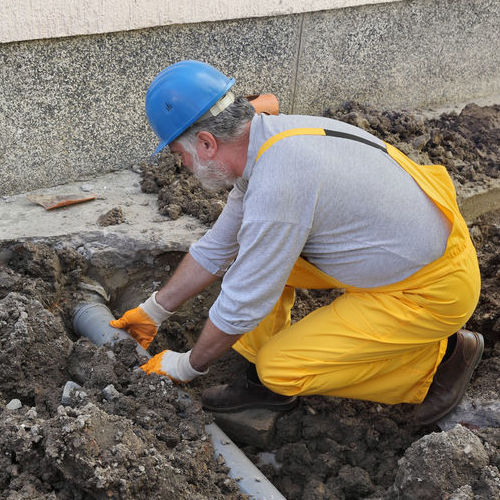
Pipe repair near me
If you need pipe repair in Indianapolis, IN, you can count on the professionals at Grateful Plumber. We offer a full range of plumbing services. Find out how we can help by calling 317-677-4918.



